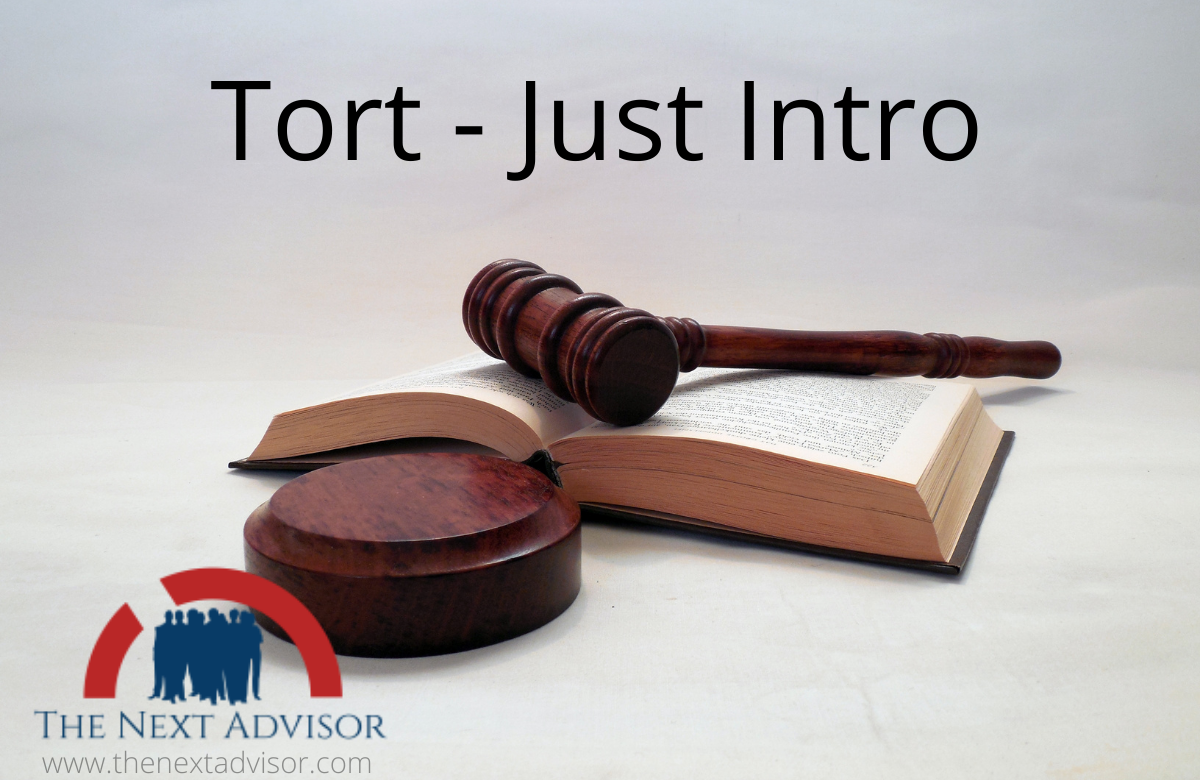Definition of Tort
Tort law governs the remedies for civil wrongs. A person is liable for the wrongful act, whether done accidentally or intentionally. The injured or the aggrieved party is compensated by the payment for damages. … Most of the claims that arise under civil suits, except contractual claims, are governed by the tort law.
Introduction of Tort law
Misdeed law administers the solutions for common wrongs. But an individual is at risk for the unfair demonstration, regardless of whether done unintentionally or deliberately. The harmed or the oppressed party is repaid by the installment for harm. Harms might incorporate remuneration for loss of property, clinical costs, mental or actual inability, torment and enduring, and reformatory harms to rebuff the transgressor.
A large portion of the cases that emerge under common suits, aside from authoritative cases, are administered by the misdeed law. The expectation of the misdeed law is to give alleviate from unfair demonstrations of others through financial pay.
Understanding Tort Law
A misdeed might incorporate physical or mental mischief, harm or loss of property, a monetary misfortune, etc. Instances of damages incorporate loss of past or future payments. So the pays via harms is granted by the Court. The harmed party will look for pay through a Court cycle. Responsibility under misdeed might emerge because of carelessness, deliberate inability to act where the individual has an obligation to act, or an infringement of resolutions.
Accordingly, the three classes under misdeed law are careless misdeed, purposeful misdeed, and severe obligation misdeeds. Mishaps are considered careless misdeeds. Burglary is an illustration of a purposeful misdeed, for example, hurt done to individuals deliberately or persistent offense. Assembling or creation of flawed merchandise is responsible for harms in misdeed under severe obligation. Severe risk misdeeds are worried about the chargeable perspective of the individual doing hurt.
The person who submits the demonstration in misdeed is known as the ‘tortfeasor'(a person who commits a tort) and would be the respondent in the common claim including the tortious demonstration. For a situation dated February 2016, a self-driving vehicle made by Google collided with a means of transport in Mountain View, California. The vehicle detected a gathering of blockades situated around a tempest channel and steered into one more path to stay away from them, banging into the side of public travel transport. Under the law of misdeeds, drivers can look for remuneration from the producer for a flawed piece of a vehicle.

























